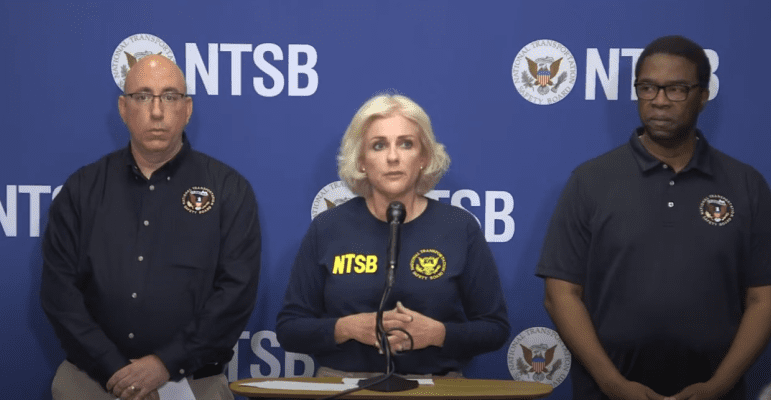NTSB Chair Jennifer Homendy discussed the limitations of the VDR system on the Dali ship during a recent meeting, highlighting the need for more data to be recorded to provide a fuller picture of engineering systems and engine data. The timeline of events from the VDR revealed that the ship entered the channel at 01:07 and experienced a blackout at 01:26. The pilot issued commands to drop the anchor and warned of the approaching bridge before a collision was recorded on the VDR at 01:29.
The briefing also mentioned that there are 56 containers of hazardous materials on board the vessel, including flammables, corrosives, and lithium ion batteries. Some containers, both hazardous and non-hazardous, have fallen into the water and are breached. While the VDR data is consistent with a power outage, it does not definitively confirm one. The NTSB is exploring other sources of information in the engine room to supplement the VDR data.
Analysts are downplaying the trade impacts of the Baltimore bridge collapse, but the NTSB is focused on gathering more data from the incident. The VDR data provides valuable insights into the timeline of events leading up to the collision, but additional information is needed to fully understand the engineering systems and power distribution on the Dali ship. The NTSB continues to investigate the incident to determine the cause of the blackout and subsequent collision.







